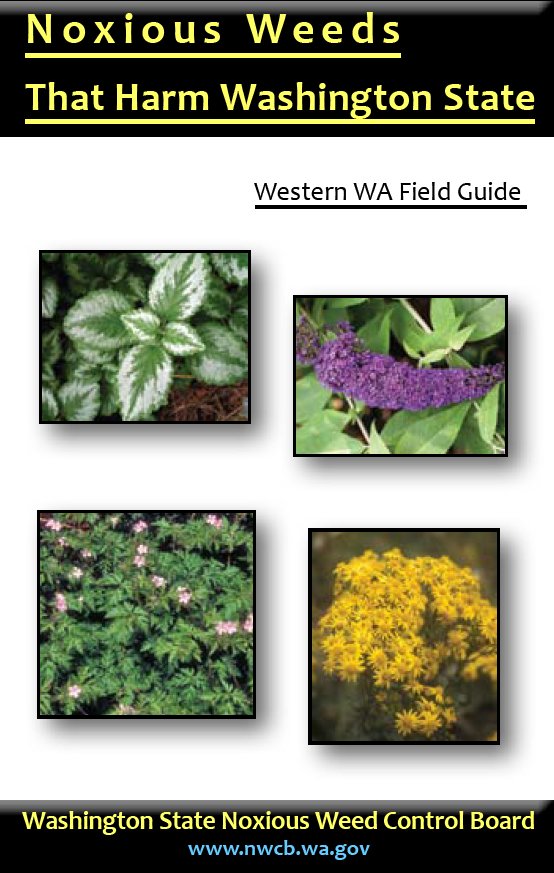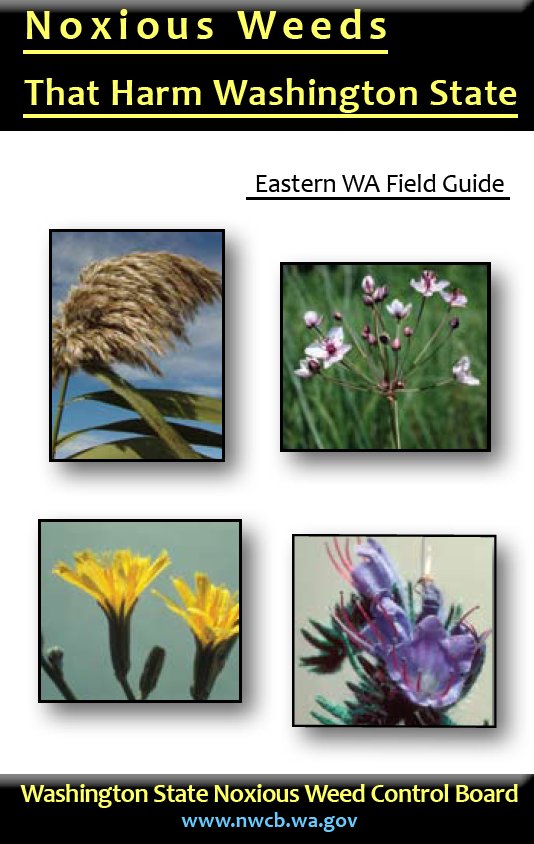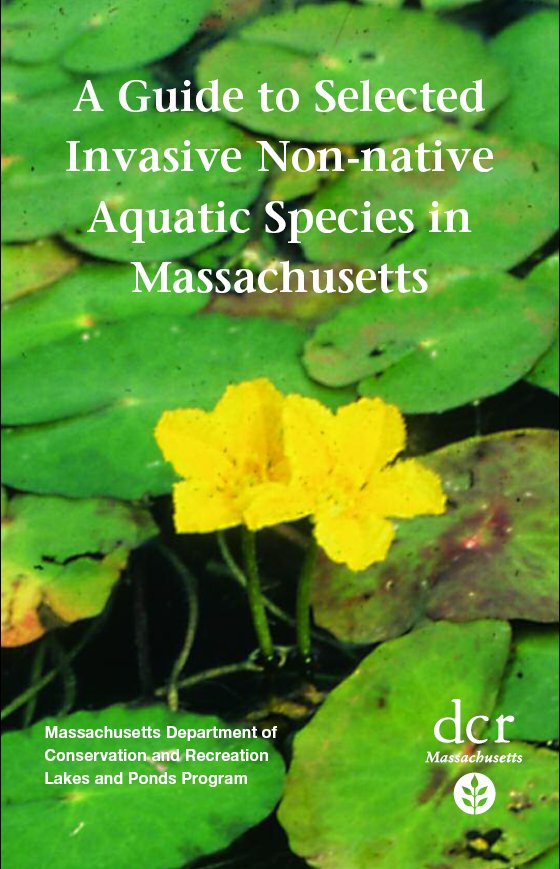Important Links
- Ergonomic Garden Tools
- Garden of Books
- Science Projects Books
- Music Farm CDs DVDs
- iPod Goodies and Electronics
- Downtown Clothing Store
- Favorite Brands and Stores
- Weeding Tools Videos
- Site Map
- Compare Weeding Tools Pg 1
- Compare Weeding Tools Pg 2
- Gift Certificates
- Weed Control Products
- Weed Identification
- Environmental News
- Educational Information
Shopping Cart [more]
Your cart is empty.
Who's Online
There currently are 52 guests online.








